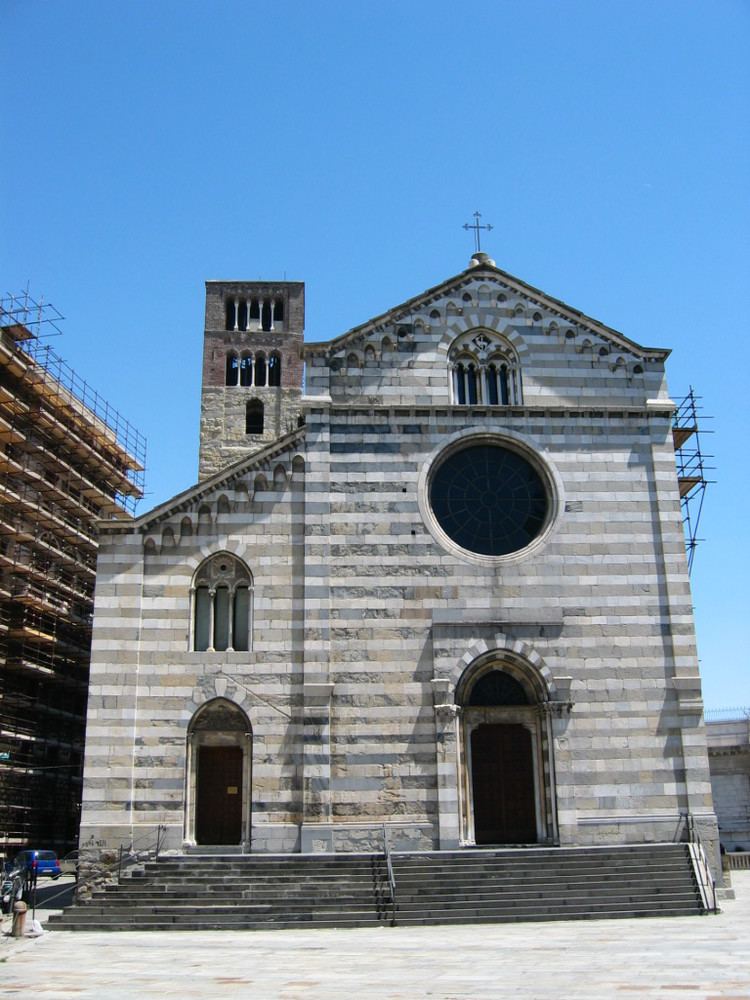Year consecrated 972 Status Active Phone +39 010 587183 | Affiliation Roman Catholic Ecclesiastical or organizational status National monument Groundbreaking 10c Architectural type Church | |
 | ||
Address Piazza Santo Stefano, 2, 16121 Genova, Italy Similar San Siro, Santa Maria delle Vigne, Genoa Cathedral, San Matteo, Basilica della Santissim | ||
Santo Stefano is a church in Genoa, northern Italy. Located on a hill overlooking the central Via XX Settembre, it is one of the most outstanding examples of Romanesque architecture in the city.
Contents
The church had been closed for much of the 20th century, until the restoration of the year 1946-1955, when it was reconsecrated.
History
The church was built in the Middle Ages as part of an abbey, in the place where previously a 6th-century small church, entitled to St. Michael Archangel, was located. The most ancient document mentioning Santo Stefano dates from 965, although some scholars attribute its foundation to Theodulf, bishop of Genoa, in 972, who rebuilt it after a Saracen inroad.
It became a parish only eventually, in an unknown date, anyway after 1054. The abbey was held by Columbanian monks of Bobbio from 972 to 1431, when Pope Boniface IX turned it into a commenda. In 1497 a chapel with a marble choir was added to the church. In 1535 the monastery was demolished, replaced by another in the mid-17th century.
The abbey was cared by the Olivetans from 1530 until 1776.
The parish territory included the houses of Cristopher Columbus who, according to the tradition, would be baptized here.
Architecture
Santo Stefano is on a single nave, with a superelevated presbytery. Under the latter is the crypt, which would be the original nucleus of the church of St. Archangel. The dome is now in brickwork; it was rebuilt in the 14th century by abbot Niccolò Fieschi, and is octagonal in shape. The lower section of the bell tower is of uncertain dating, but is commonly deemed to be antecedent to the current church, and that it was probably used as a defensive structure.
The old church was to be replaced by a new Neoromanesque-style edifice from the 19th century. The latter was however almost destroyed by Allied bombings during World War II.
